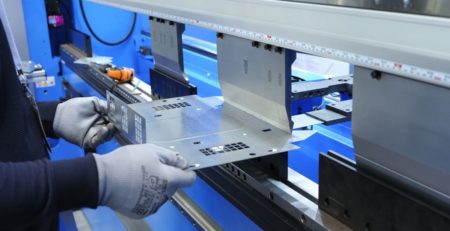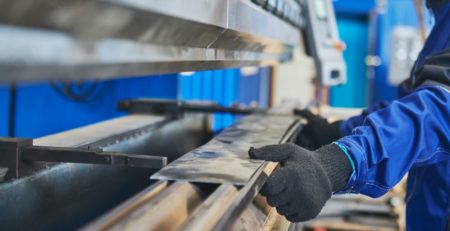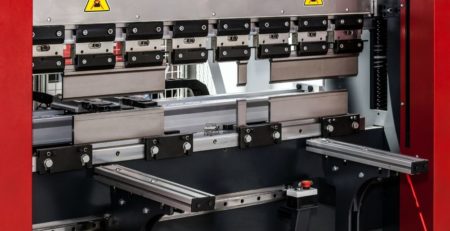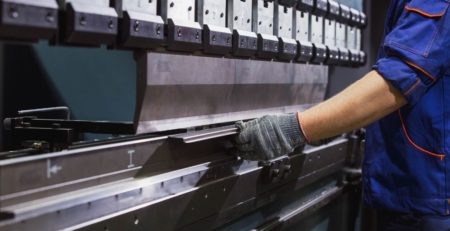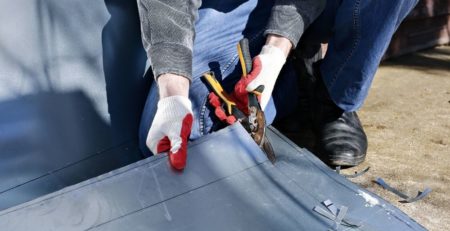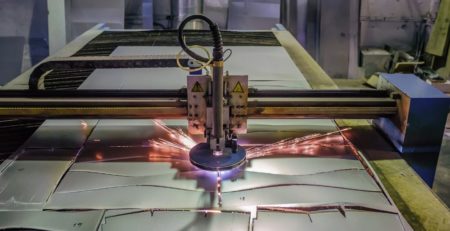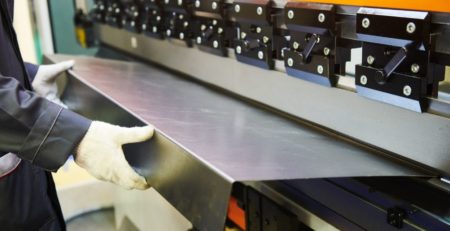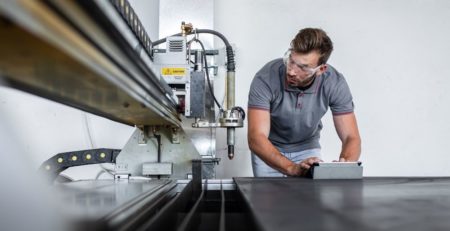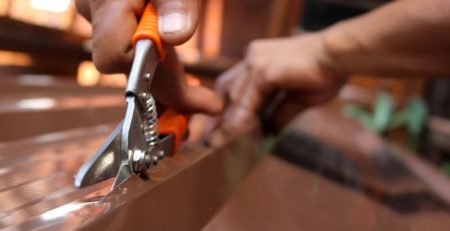The Differences Between Aluminum vs. Steel Fabrication
Neither steel nor aluminum exists as useable metals in nature. Aluminum—element 13 on the periodic table—is the most abundant metal on the planet, but extracting it and turning it into metal is an energy-intensive process. Steel is an alloy of iron and carbon formed by heating iron with coke and limestone, burning off oxygen and excess carbon.
The two metals look similar: they’re both silver-grey and shiny. The differences between aluminum and steel fabrication illustrate how manufacturers used these metals for different purposes.
Weight
Steel is much denser and heavier than aluminum. Automakers and aerospace industries shifted to aluminum components as a way to save energy. Lightweight vehicles and airplanes are more fuel efficient. Because it is lighter, aluminum is less expensive to transport.
Strength
Both aluminum and steel are strong metals, but steel is stronger. It can withstand greater force and has a higher tensile strength (it is less likely to break when pulled or stretched). However, aluminum has a higher strength-to-weight ratio. A lighter weight amount of aluminum can provide greater structural strength than an equal weight of steel.
Conductivity
Aluminum conducts heat and electricity much better than steel. For applications that require heat dissipation, aluminum carries heat away much more readily than steel. However, steel endures higher temperatures without softening than aluminum.
Machinability
The most important difference between aluminum and steel fabrication is malleability, or the ease with which metal can be cut, bent, or folded. Because of steel’s density, heat resistance, and strength, it can be a challenge to cut or form. Aluminum is much easier to cut, bend, or form, although its tendency to soften when heated can make aluminum fabrication challenging.
Modern machinery can easily handle either metal. CNC technology plasma cutters that can get through any electrically conductive material allow fabricators to customize parts and designs with either metal.
Laser cutters are more effective on steel, as aluminum’s reflective abilities make laser cutters less effective, but fiber laser cutters can handle aluminum. Fiber laser tube cutting machines can slice spherical or square tubing in either type of metal.
Selecting the metal for any particular application is a combination of weight, strength, appearance, and intended use. Mac-Tech can supply the proper tools to cut aluminum, steel, plastic, wood, and even glass. Contact us for all your metal fabrication machinery needs.



